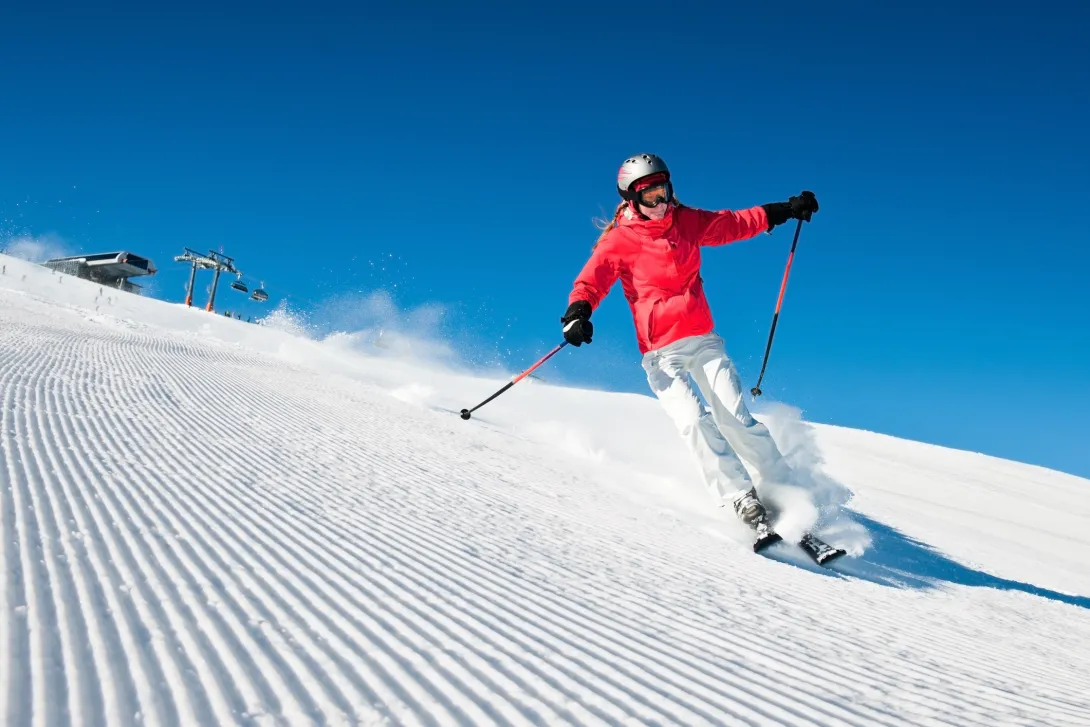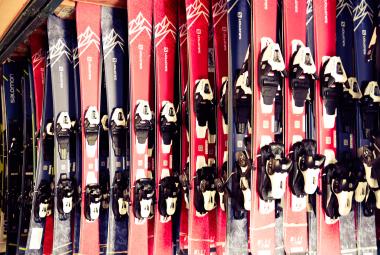Are you planning to ski for the first time this winter? If so, one question you may be wondering is what to wear under your ski pants.
While it may seem like a simple question, there is actually a lot to consider. If you're new to skiing, one of the most important things to figure out is what to wear under your ski pants.
Believe it or not, what you choose can make a big difference in terms of both comfort and performance. Because while you might be bundled up on top, if your lower half isn’t properly dressed, you’re going to be in for a cold—and uncomfortable—day.
In this post, we'll take a look at some of the best options for underwear and base layers. So whether you're just starting out or you're looking for an upgrade, read on for some tips!
The Base Layer

The first layer is your base layer, and it should be made from a material that will wick away sweat and moisture—think wool or synthetic fabrics like polyester or nylon.
This layer is important because it will help keep you dry, even if you work up a sweat while skiing. And trust us—you will sweat!
You want this layer to fit snugly but not be too tight—you should be able to move easily in it. And because this layer will likely be the one closest to your skin, make sure it’s made from a material that won’t irritate your skin or cause chafing.
The Middle Layer

The middle layer is designed to trap heat and provide insulation. This is where materials like down or synthetic down come in handy, as they are lightweight but still very effective at trapping heat.
The Outer Layer

The final layer is your outerwear, and this is what will protect you from the elements—think wind, snow, and rain.
This layer should be made from a waterproof and windproof material like Gore-Tex or nylon.
And while style might be important to you when choosing your outerwear, make sure that function comes first—you want something that will keep you warm and dry, not just look good.

Wearing the proper layers under your ski pants is essential to having a good day on the slopes.
By following these guidelines, you can stay warm and dry all day long—and have a great time skiing!







